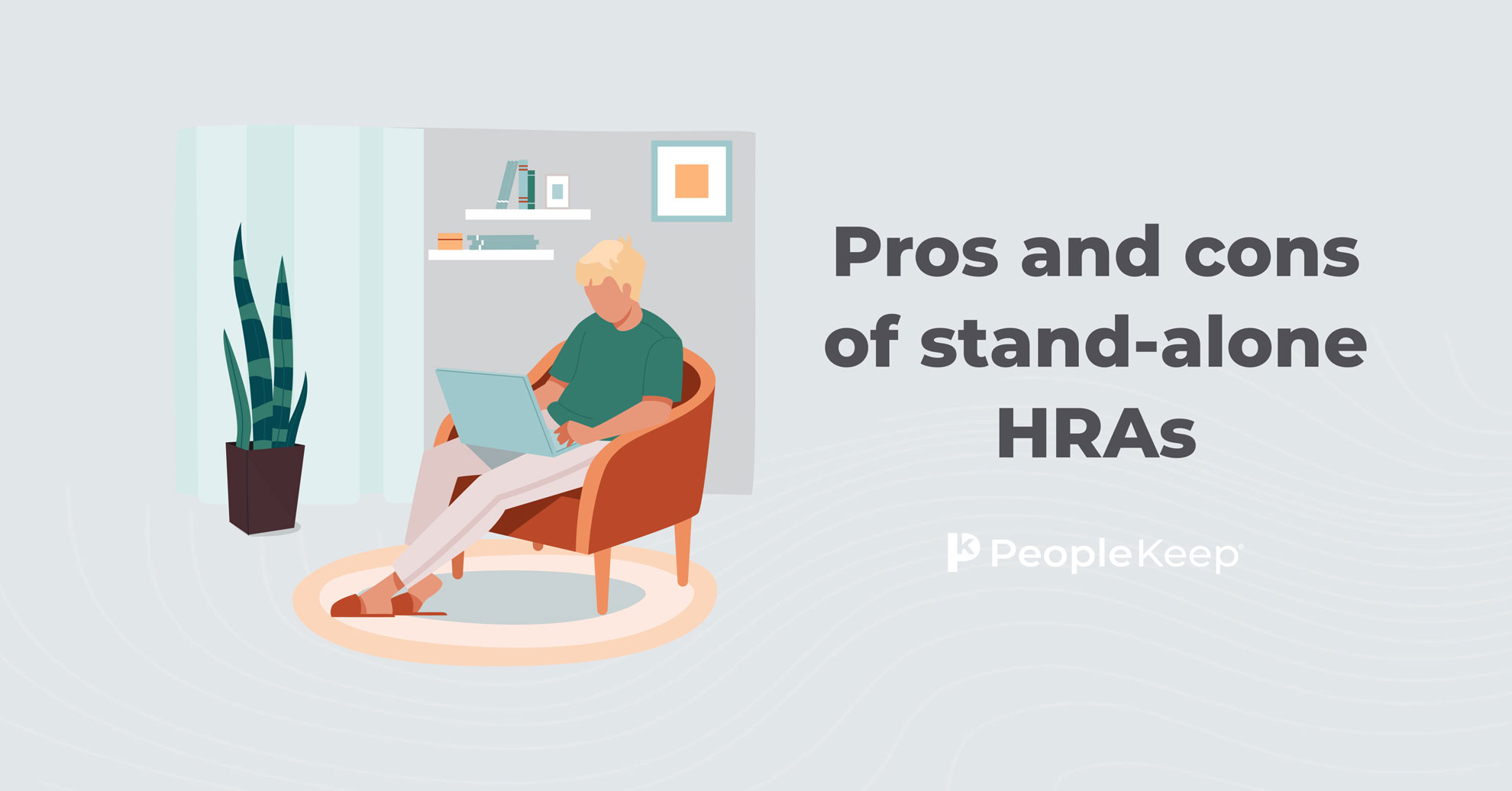5 HRA Tips for Employees
By Christina Merhar on August 20, 2013 at 4:30 PM
As more and more small businesses use a stand-alone health reimbursement arrangement (HRA) to offer health benefits, employees often have questions about how the HRA works, and how to get the most value out of their new health benefit. This is common. Even though stand-alone HRAs are growing in popularity, they are still a relatively new small business health insurance solution.
Therefore, an important step for any small business when setting up a stand-alone HRA is educating employees on how an HRA works. Many HRA software providers will provide custom onboarding resources and tools to educate employees.
Here are five practical tips for employees on getting the most of their HRA. This is compiled from our HRA help and support center.
Tip 1: Use Your Online HRA Account
Most HRA software providers will offer employees an online account where employees can:
-
View detailed HRA information such as benefit amount, learn what types of expenses are eligible for reimbursement, and access their Summary of Benefits and Coverage (SBC) and HRA plan documents.
-
Submit claims for reimbursement
- See their available allowance
The online HRA account should also offer links to help tutorials and contact information for an employee support team.
Tip 2: Understand the Types of Expenses Reimbursable Through Your HRA
Each employer has flexibility in how they set up their HRA. For example, employers can specify the categories of expenses they will reimburse through your HRA benefit. Your HRA online account should provide a quick reference on what is reimbursable and will be outlined in your enrollment packet, HRA plan documents, and/or SBC.
Understanding what types of medical expenses are reimbursable through your HRA will help you get the most out of your health benefit, and help you plan for your medical expenses.
Tip 3: Understand How Individual Health Insurance Works
If your employer is offering a stand-alone HRA, they may reimburse you for an individual or family health insurance plan (tip: check your HRA plan documents). This means you will select and purchase an individual or family health insurance plan through a health insurance broker or online. Similar to HRAs, individual health insurance plans are growing in popularity and will soon become mainstream. However, many employees are still unfamiliar with how they work.
Here are a few tips on individual health insurance:
-
Anyone can apply for an individual or family plan through an insurance broker, online from an insurance company, or through the public health insurance marketplaces.
-
All individual and family plans on the exchanges will be guaranteed-issue and federal health insurance subsidies will be available to eligible individuals to lower the cost of the premium expense.
-
You own the policy, so coverage is not dependent on employment. You can take the policy with you if you leave the company or retire.
See also: Tips when applying for individual health insurance.
Tip 4: Understand Time Limits for Requesting HRA Reimbursements
Like other medical reimbursement plans (HSAs, FSAs, etc), there are time factors with your HRA. These HRA timing details are included in your HRA plan documents and will outline when you need to submit claims, and timing details if you leave the company.
HRA claims and documentation for dates of service in a previous HRA plan year must be submitted within 90 days of the close of the previous HRA plan year.
Tip 5: Understand How the HRA Reimbursement Process Works
Our last employee HRA tip is to understand how the HRA reimbursement process will work. Again, this may vary by employer and by HRA provider.
Generally speaking, an HRA is a notional arrangement. This means your employer will reimburse you directly after you submit a request (an HRA claim). Your online HRA account will help you see and track all balances, expenses, and reimbursements.
Check out more resources
See these related articles

Pros and cons of stand-alone HRAs
Stand-alone HRAs can offer flexibility and control over healthcare expenses, allowing employers to customize plans to meet their employees' needs.

Can I reimburse employees for health insurance?
Learn about the two most common ways to compliantly reimburse employees for their healthcare: taxable stipends and health reimbursement arrangements (HRA).

HRAs and W-2 annual reporting
Learn about HRA W-2 annual reporting requirements. Understand what employers need to include on employees' W-2 forms for HRA compliance.


